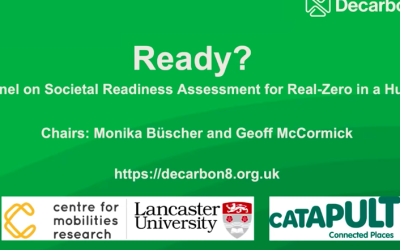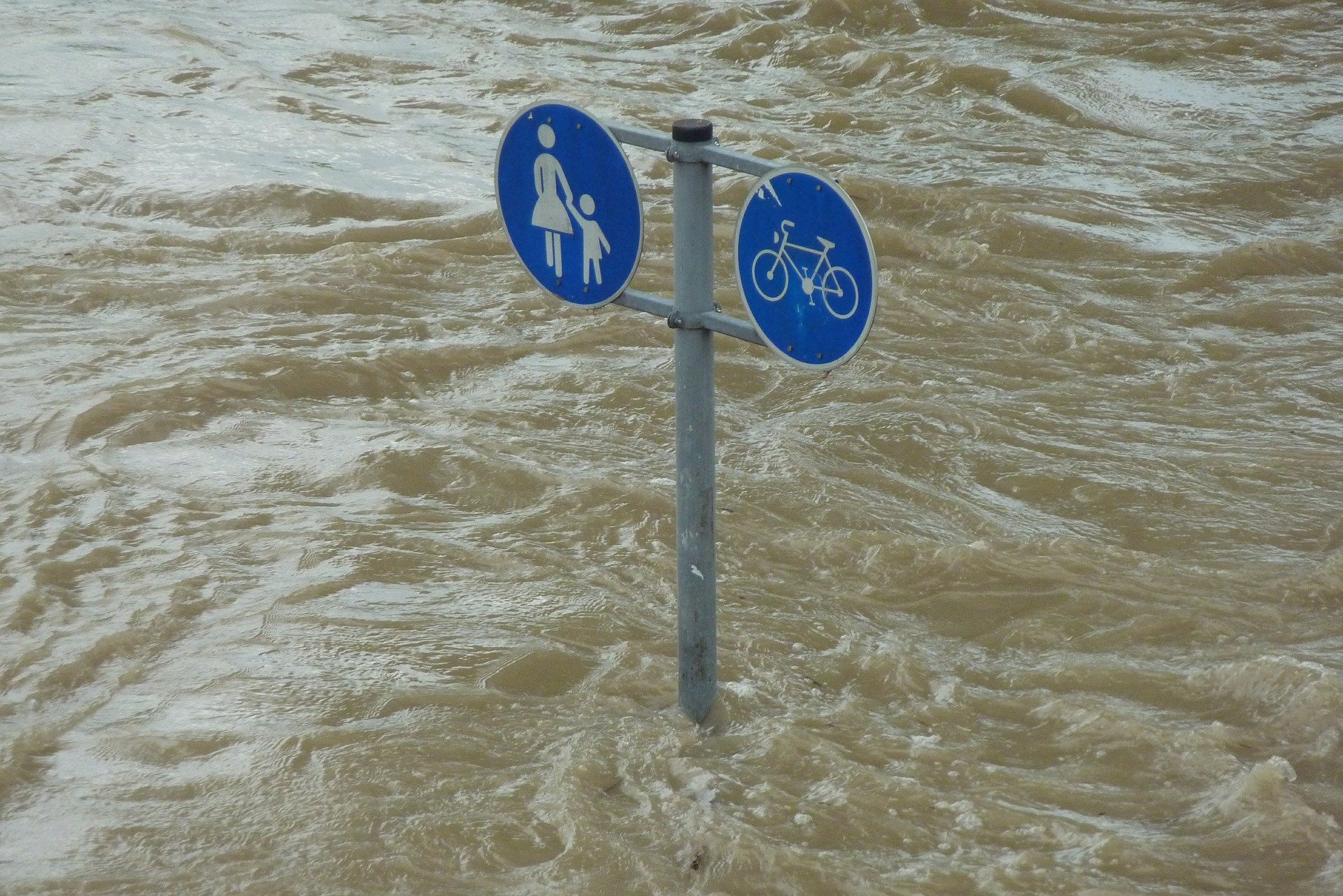While appreciating a summer-touched Lancaster as a Visiting Fellow at CeMoRe, I had numerous opportunities to consider the expanding repertoires of inquiry into mobilities. This was particularly so during the CeMoRe Away Day, where I had the chance to hear about a range of research concerned with a spectrum of movement, action and activity unfolding at different scales – and to join a lively discussion about the possible directions these ideas could be further taken. One of the scales at which to consider mobilities that is close to my own research is their extra-planetary breadth – and there was much occasion to explore and expand this focus during a two-day interdisciplinary workshop on Multiplanetary Futures at Lancaster University, an event which gathered a group of great thinkers, innovative researchers, engaged practitioners, and a host of perspectives from which to think through, about and beyond the planet.
Encountering mobilities while thinking about outer space is inevitable. After all, the universe is brimming with motions of all sorts – from swirling specs of cosmic dust and the slow shifting particles of dark matter, to the complex choreographies of interactions occurring within and between celestial bodies and systems. While the world as we know is one composed of a multiplicity of movements, all the commotion of human and non-human, organic and inanimate that make up life down here on Earth, have together always and already been but a tremor in the greater pulse of cosmic mobilities. Advancements in techno-science have thickened and widened our cosmic entanglements, allowing us to travel, orbit, fly-by, land, rove, and traverse places outside the globe. From the proliferation of earth-born objects, the bodies of astronauts and other space travellers, all the way to the biochemical and geophysical experiments which are conducted aboard the ISS, the routes of life as we know it have been progressively extending beyond terra, encouraging the further evolution of relationships between humans, technologies and their environments. With the prospects of new mission launches, developments in mass space tourism and the mining of asteroids – outer space continues to appear as a potentially infinite and evermore essential domain in which to extend the array of material and social processes and practices that constitute our mobile ways of life.
And yet, one of the snares that occurs when thinking about our extraplanetary mobilities is that they are also very restricted and uneven. Their spread and momentum are restrained by the limits of techno-science, global political-economies and particular investments in space exploration, with a limited number of parties involved and a selected pool of humans and non-humans, objects and technologies sent out there. Most of us participate in the endeavour of space exploration only through mediated data, images, and experiences. One of question raised at the CeMoRe Away Day, which concerned an awareness of the restrictions placed upon mobility, led me to questions about the extraplanetary distribution of flexibilities and freedoms, about the rights to move in outer space, and to the politically and socially charged questions of transport, logistics, communication and all forms of controlled movement that have begun to resonate more loudly in outer space.
As new spacefaring states and private companies emerge, as we develop faster ships carrying heavier payloads, better life-support systems, more sophisticated media technology to better exhibit the extraplanetary and bring it into the everyday on Earth, our extraplanetary mobilities are gradually evolving. And with this come shifting hierarchies of material and social relations with space and the formation of new modes of collectivity, a transformed order of inclusions and exclusions that prompts from interchanges with the extra-terrestrial. Many of these trajectories and prospects were considered at the Multiplanetary Futures workshop which itself mobilised inter-disciplinary thinking and dialogue about our at once earthly and cosmic condition. What became evermore apparent was that our mobilities in the space age necessitate a multiplicity of inquiries into the political-economic, socio-cultural, techno-scientific and ethical-environmental underpinnings that condition their unfolding as our shared futures on and off the Earth.
*Image courtesy of NASA/Joel Kowsky



